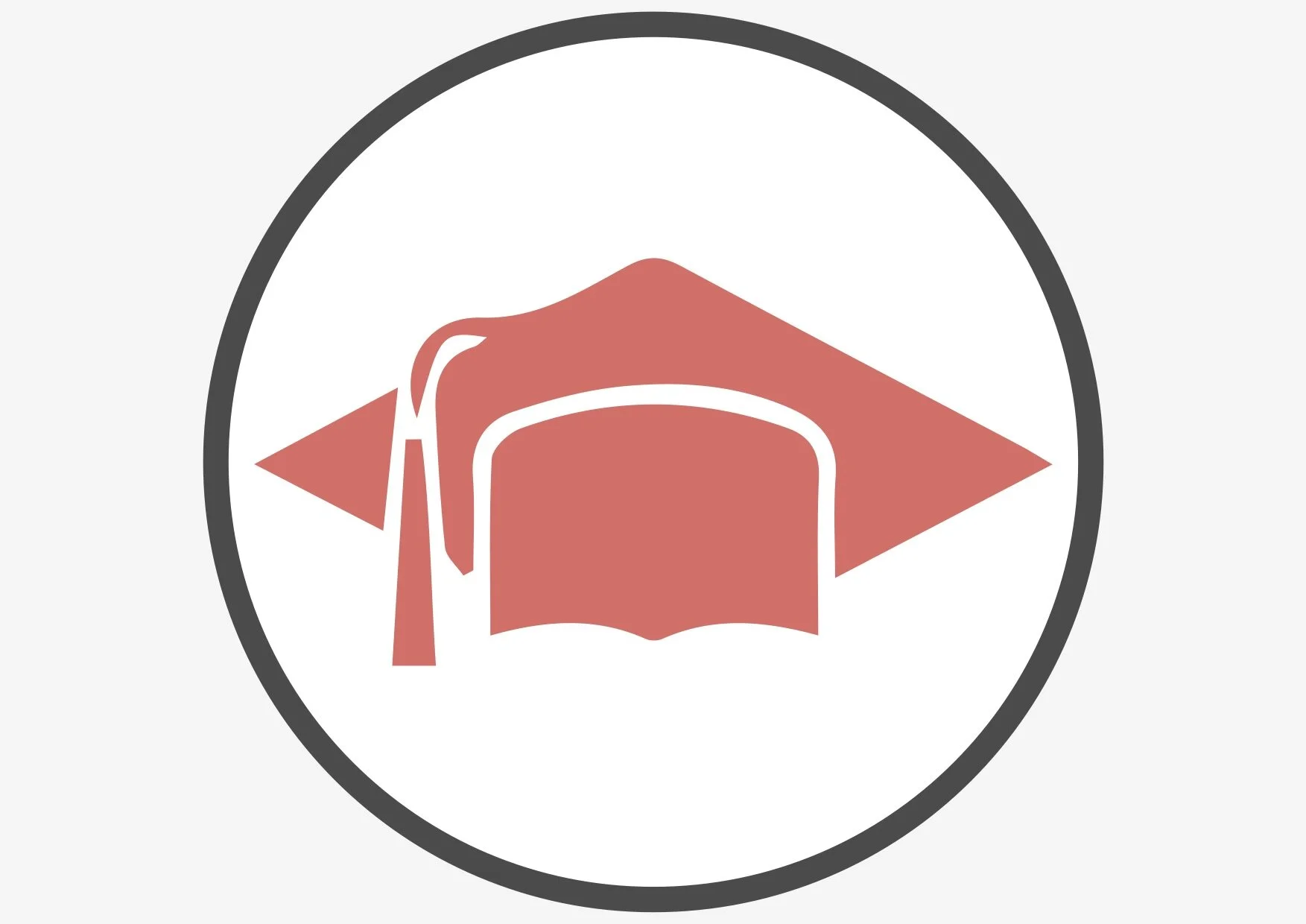
Many parochial and private schools in the Bay Area require the High School Placement Test, or the HSPT, and as as the test can be amongst the deciding factors on whether a student is admitted, success on the exam can be important. Furthermore, it is important to know that retaking the test is strongly discouraged. So you will want to make sure you’re ready to do your very best the first time you take the HSPT test. This practice exam is meant to assess where your student stands in relation to the exam and helps us create a unique testing plan for your student.
The HSPT assesses your basic skills and achievement in your students academic career up to this point. Schools will use your results in a number of different ways including assisting with curriculum placement, admissions—typically to private and catholic schools—and rewarding scholarships.
Format: There are 5 sections in the HSPT including verbal skills, quantitative skills, reading comprehension, mathematics and language.
The exam is approximately 3 hours long with break in between most sections.
Scoring: The HSPT is multiple choice and students will be awarded one point for each correct answer in all sections, so each question is weighted equally, regardless of difficulty level. Furthermore, there are no deductions for incorrect answers, so try to answer all questions to the best of your ability.
The HSPT scaled scoring ranges from 200 to 800.
Pricing the HSPT ranges in price from $20 to $25 depending on the testing location.
In the HSPT results you will find that five different types of scores are incorporated in a student’s score report. The five types of scores are the National Percentile (NP), Local Percentile (LP), Grade Equivalents (GE), Cognitive Skills Quotient (CSQ), and Standard Scores (SS) . The percentile-rank scales ranges from 1 to 99 and compares the performance of an individual student with that of other students taking the exam at various population sizes and grade levels. For example, a national percentile rank indicates the percentage of raw scores in the national population that are lower than the raw score attained by your student. Therefore, if an individual’s raw score on the Math subtest is equal to the 94th percentile, this means the raw score was higher than 94 percent of students taking the HSPT in the nation. For the Standard Scores (SS), the Scholastic Testing Service, the organization that administers the HSPT, converts the raw scores to a scaled score from 200 to 800.
It is important to keep in mind that the population taking the HSPT is generally more academically competitive that the general population of the country. Furthermore, the population in the Bay Area is one of the most competitive LP populations in the country, so percentiles maybe lower on the HSPT than scores from other standardized exams like the ERB. Lastly, because the of the fact the population is relatively small, and a lack of transparency from the ERB concerning HSPT raw score data, it is almost impossible to predict a percentile from a raw score on a practice test. Our free HSPT practice test is meant to help us identify content gaps that a student may have, and provide us with a clearer picture of what to focus on to help your student succeed on not only on the HSPT but in high school as well!
Grade Equivalents (GE) compare the performance of an individual with the average performance of students in other grades. Unfortunately, grade equivalents cause a lot of confusion. If an eighth-grade student earns a GE score of 9.4 on the Math subtest, this does not mean that the student can do math at a ninth-grade level; it simply means that the student can do eighth-grade math as well as an average high school freshman can do eighth-grade math. Grade equivalents are meaningful only within the range of skills measured by the test administered. In this example, it is clear that this individual is has a stronger grasp on the content than most 8th graders. However, it must be remembered, that the HSPT was designed primarily to test math skills and concepts that should have been learned through the eighth grade. If this student were given a math test designed for use at the ninth-grade level, it is very unlikely that he or she would receive a GE of 9.4. Therefore, the GE should not be used as the basis for placing students at grade levels that correspond to their GE scores.
The CSQ replaces the traditional IQ score, but its purpose remains the same: to function as a predictive value to assess learning potential. Like the IQ test, the CSQ is based upon the student’s scores on both the Verbal and Quantitative subtests as well as his or her age at the time of taking the HSPT. Unlike pure intelligence tests, however, these subtests do not just measure only innate abilities. Instead, the HSPT is designed to provide various measures of the cognitive skills that have been acquired during the student’s academic career. Therefore, the CSQ is a broader measure of cognitive skills that are directly applicable to the academic setting.
A new edition of the HSPT is published each year. As a result, these standardized measures are up to date and ensure that students seeking admission or entering high school can be compared with a current representative national sample of other students. Because of this the annual scale is affected by any shift in performance that might occur within the sample groups from one year to the next which can create problems when trying to predict a scaled score from a raw score. For example, performance at the 69th national percentile in 2018 may not have the same meaning as performance at the 69th national percentile in 2017. However, the content itself does not vary across administrations of the exam allowing us to coach students on the format and questions that are on the HSPT.